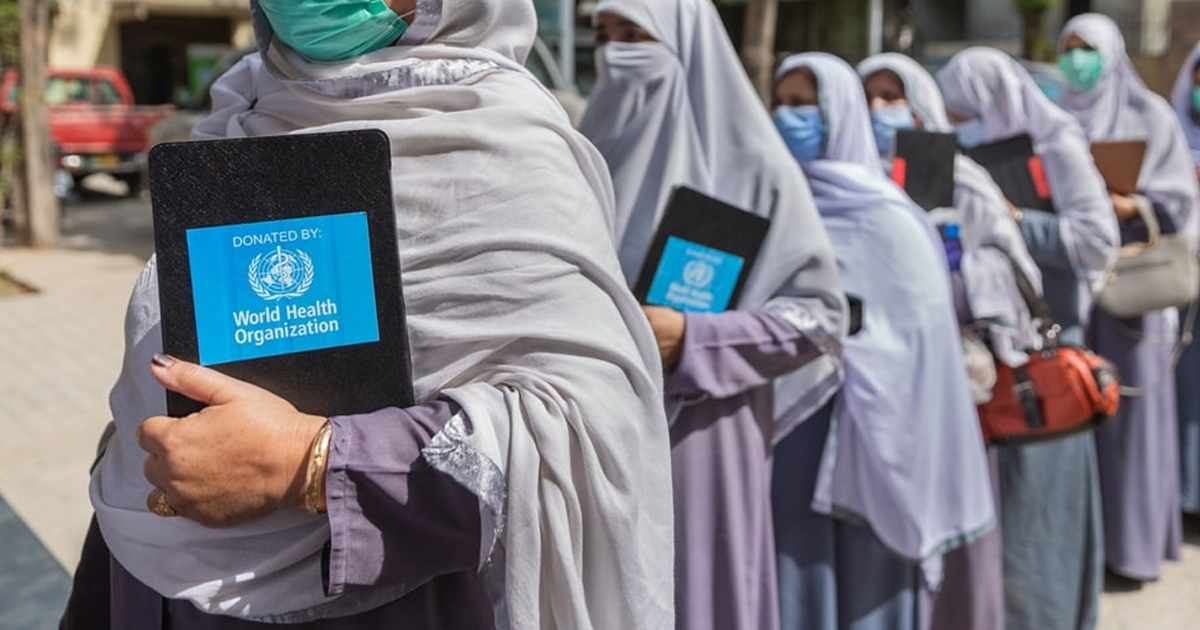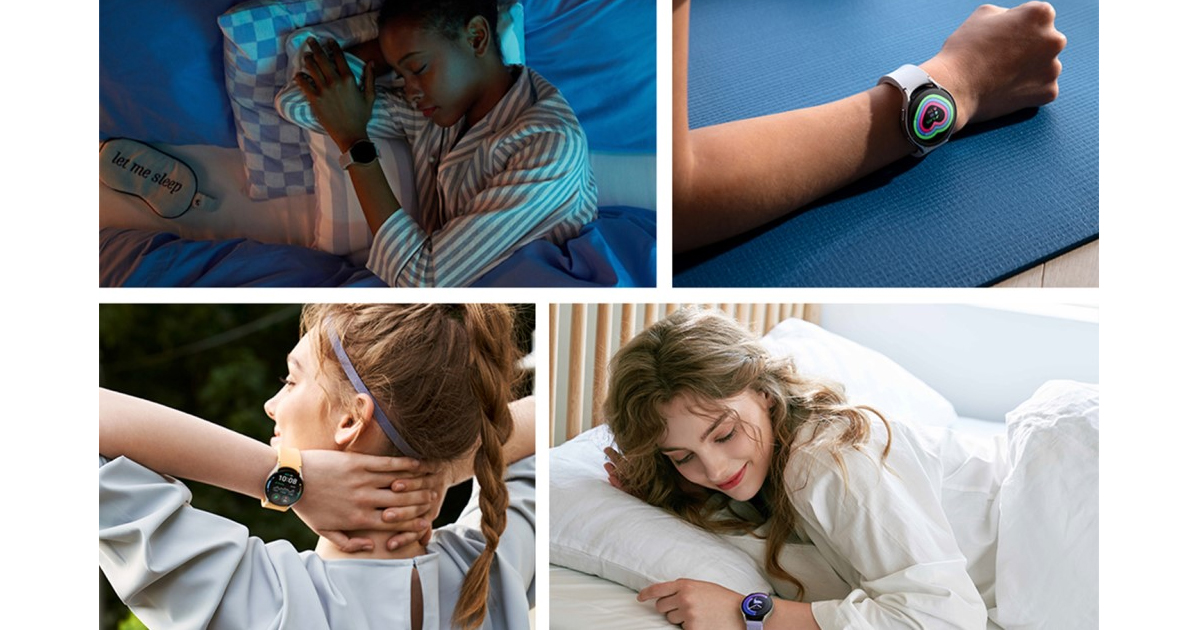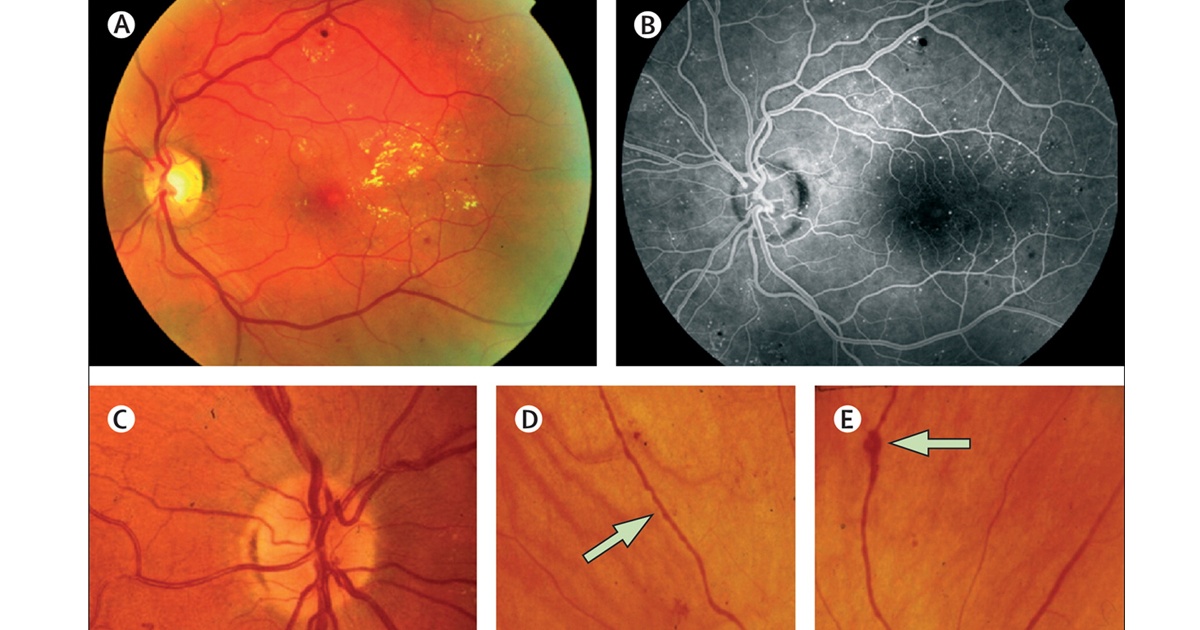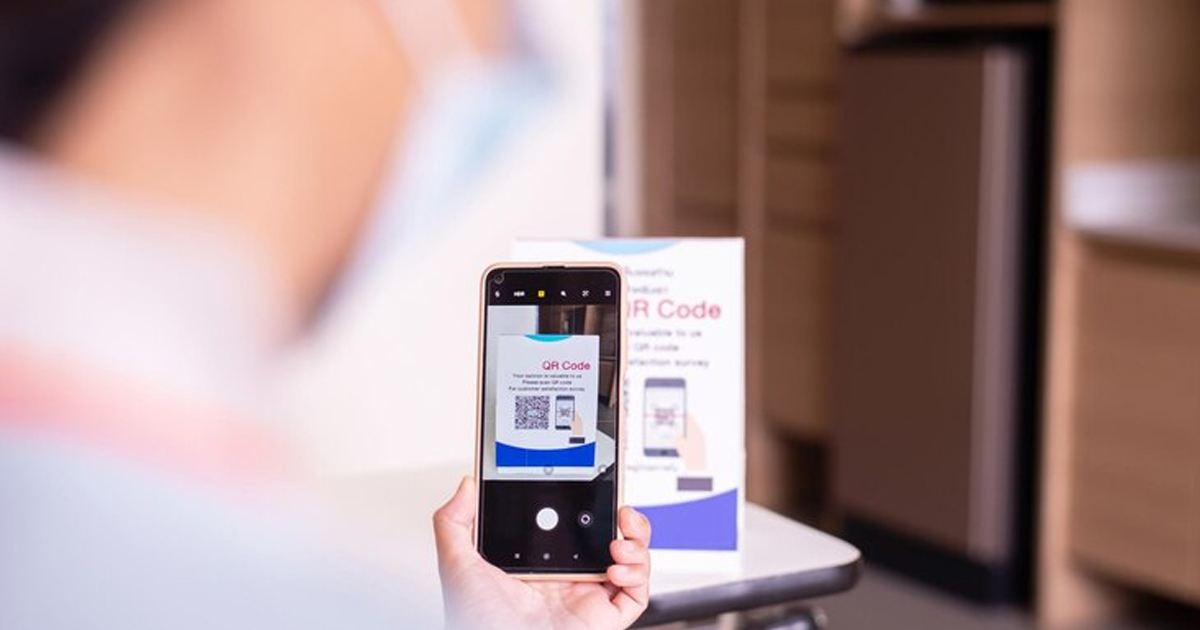Mexican students and scientists from the Center for Research and Advanced Studies (Cinvestav) of the National Polytechnic Institute, developed a device for the rehabilitation of respiratory muscles focused on post-COVID-19 rehabilitation.
People who suffer from complications of COVID-19, and who manage to recover, may experience muscle weakness, shortness of breath, fatigue, among other symptoms. For this reason, it is necessary to carry out rehabilitation therapies, so that patients can gradually carry out the same activities they did before suffering from COVID-19.
In this sense, Dr. Nadia Vanessa García Hernández, researcher of the Conacyt Chairs program, of the Cinvestav Unidad Saltillo, in collaboration with other professionals and students, developed two devices for respiratory muscle rehabilitation therapies, a forcemeter and a muscle trainer respiratory.
"These devices make it possible to evaluate the strength of the respiratory muscles and guide the execution of personalized exercises, through video games installed on a computer, only that, instead of using a control, the movements are performed through the trainer," he explained. Dr. Garcia Hernandez.
So far there are two games developed to be played using the devices mentioned above. The first game consists of moving a bird up and down in order to eat fruits, and the other is about a ship that must avoid obstacles along the way.
The forcemeter works to measure the maximum pressures of inspiration and exhalation through the mouth. So it basically works as an in-game control through exercises and inhalation and exhalation. Filters are interchangeable and mouthpieces are disposable for single patient use.
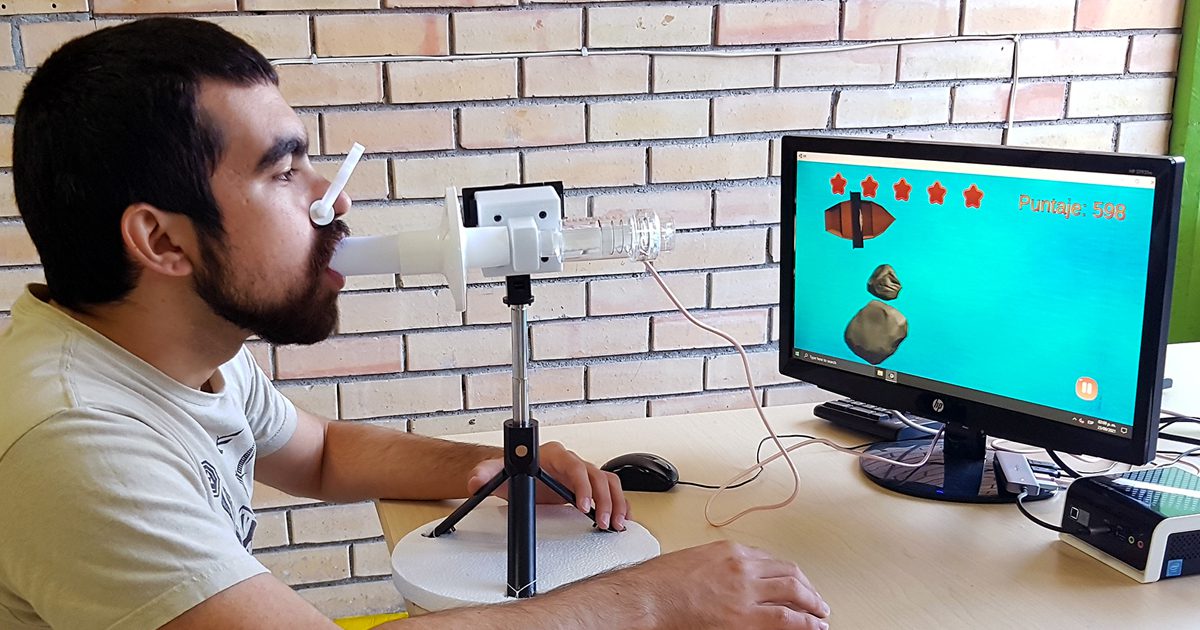
Likewise, the respiratory muscle trainer works in the same way as the muscular one, with the difference that it requires a valve to apply resistance.
Before beginning therapy through this interactive game, several tests must be carried out. First the patient covers his nose with a nose clip and tries to inhale and exhale with his mouth through the forcemeter. Then the professional measures the pressure at which the air enters or leaves, to know the state of the patient's respiratory muscles.
By setting the parameters and pressure levels, the patient must perform the inhalation and exhalation exercises in coordination with the video game. The game character goes up when the patient inhales and goes down when he exhales.
After completing the game, the measurements are recorded in a database that shows the patient's progress in each session.
Recorded data indicates that patients have been able to strengthen their respiratory muscles and have achieved improvements of up to 40% over their baseline measurements. "The importance of this project in the rehabilitation area is that systems are created that motivate and guide people to perform their exercises correctly and in a personalized way," explained the specialist.
This development has been implemented in the Center for Rehabilitation and Special Education of Saltillo, (CREE Saltillo) in the new Pulmonary Rehabilitation Area.

